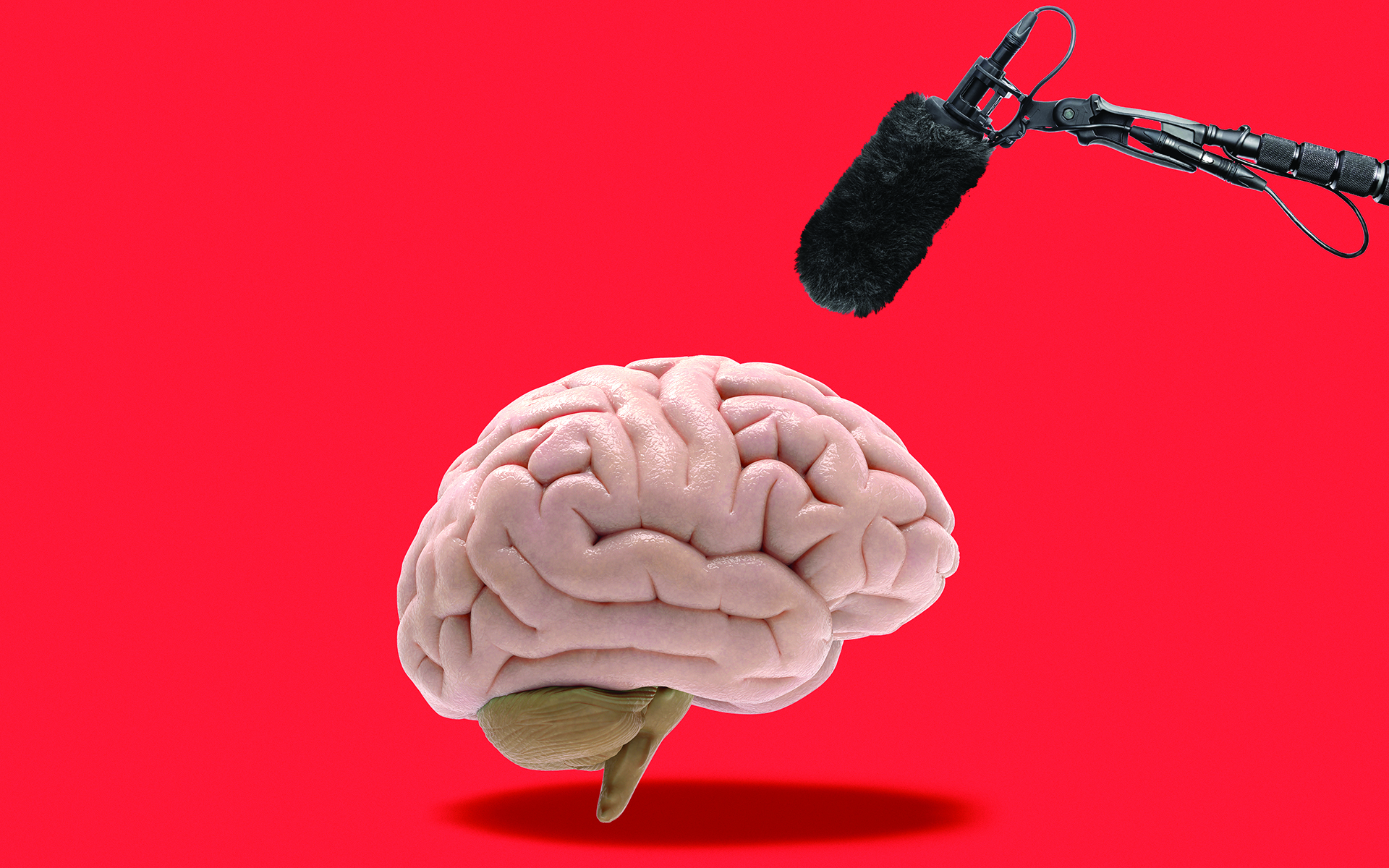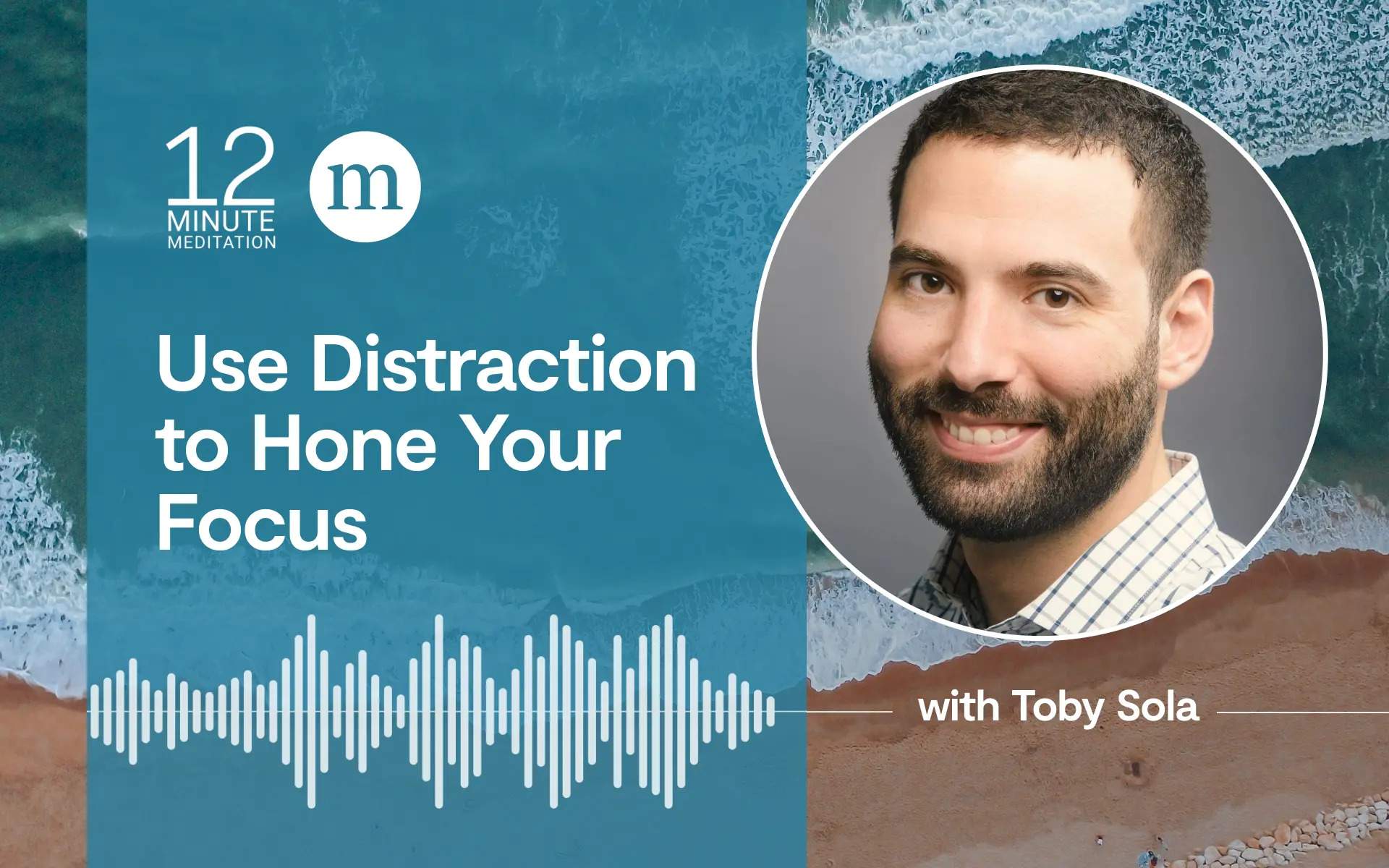“Know thyself,” was the advice inscribed on the Temple of Apollo at Delphi. The Tao Te Ching insisted that knowing others is intelligence, while knowing oneself is true wisdom. “To thine own self be true,” Shakespeare urged.
Pithy advice. Good advice. Advice that spans centuries and civilizations. But…how exactly do we do that? University of Nevada psychology professor Russell Hurlburt thought a good start was paying attention to the thoughts in our head. Not the eureka! thoughts, necessarily, but the mundane. The “What should I make for dinner tonight?” thoughts. The “That’s a pretty shade of blue” thoughts. The self-reproaching “That was a dumb thing to say” thoughts or the self-encouraging “You can do this” thoughts. The thoughts that, in meditation, we’re taught to label as “thinking.” The thoughts that we barely notice, or that we feel dogged by. The thoughts that, as psychologist and neuroscientist Ethan Kross writes in his book Chatter: The Voice in Our Head, Why It Matters, and How to Harness It, allow us “to hold information in our minds, reflect on our decisions, control our emotions, simulate alternative futures, reminisce about the past, keep track of our goals, and continually update the personal narratives that undergird our sense of who we are.” In other words, to “know thyself,” we have to first pay attention to the voices in our head.
Meet Your Internal Monologue
But first, let’s get clear. While lots of us do, in fact, have voices in our head, many of us don’t. What some have instead are images, symbols, sensations, or, if we’re like Einstein, abstract concepts. Consider too that some deaf people experience inner “speech” even if they’ve never heard a human voice.
Russell Hurlburt, arguably the grandfather of “inner experience” research, ultimately came up with five categories: inner speaking (voice), inner seeing (pictures/images), feelings (happy, sad), sensory awareness (carpet beneath our feet), and unsymbolized thinking (which basically includes awareness of a thought but without words or pictures).
Nobody has managed to quantify how many of us experience this inner speech, but we do know that, among those that report they do, an estimated quarter of our waking lives are spent talking to ourselves, says Hélène Loevenbruck, a researcher in linguistics and neuroscience at the Laboratoire de Psychologie et Neuro-Cognition, Université Grenoble Alpes in France. Loevenbruck prefers the term endophasia: endo = inside, phasia = speech. “It’s just language inside us,” she explains, “and it’s neutral as to whether it’s a dialogue or a monologue, whether it’s speech or sign language or whatever.”
Our brains, however, may tell the difference. Thanks to fMRI, we now know that the brains of people who are engaged in inner speech show activation in the left inferior frontal cortex, which is one of the crucial regions devoted to speech. Instead, the brains of those whose thoughts are made up of images, or abstract feelings, might reveal activation in the semantic regions, which interpret meaning from what our senses take in—including the middle temporal cortex and possibly visual cortex, says Loevenbruck.
Whatever we call it and however we experience it reflects the same thing: an interior life that, when examined, can help us know ourselves better.
What Was I Thinking
It was roughly 50 years ago that Russell Hurlburt undertook an experiment that involved giving people a notebook and a beeper that would go off randomly. When participants heard the beep, they were instructed to stop what they were doing and jot down in the notebook what their inner experience was at that moment. Hurlburt was resurrecting an aspect of psychology that had fallen out of favor—that of quantifying our conscious experience.
Hurlburt estimates he’s included thousands of people in his studies, which relied on Descriptive Experience Sampling (DES). DES uses an open-ended questionnaire to try to get people to accurately describe what was happening in their minds when the beeper went off.
Our presuppositions about what we’re thinking get in the way of truly knowing our minds.
Easier said than done, he discovered. “That seems like a very straightforward instruction,” he says. But when people would report back, Hurlburt got information about context and what he calls “presupposition.” Presupposition, he says, means that “People drew up their own beliefs about the way the world was and what their inner experience was, and then they ended up telling me about their beliefs rather than what their inner experience was about.” For instance, he said, subjects often believe they’re talking to themselves when they’re actually experiencing a sensation. He uses the example of a subject who might report that, when the beep went off, she was saying to herself, “What a delicious wine this is.” When pressed, however, the subject ultimately reports that she wasn’t so much talking to herself as experiencing the taste. Reflecting their presuppositions instead of their inner experiences proved a high hurdle for most study participants to clear. Our presuppositions about what we’re thinking—more than what we’re actually thinking or experiencing—get in the way of truly knowing our minds, Hurlburt says.
There was one notable exception, however. “Adept meditators didn’t have that problem,” Hurlburt says. “They could tell you what was going on.” They were particularly attuned to one of Hurlburt’s five identified categories of inner thoughts: sensory awareness. For example, if they saw a gold door handle, they noticed its goldness rather than what the handle is used for. “The adept meditators had a lot of sensory awareness,” he says. “So much of mindfulness training is basically about paying attention to sensory aspects. Adept meditators have done quite a bit of that.”
Don’t Believe Everything You Hear
But paying attention to our inner life is just one part of knowing ourselves. We then need to learn how to put that awareness to work for us, something Ethan Kross has dedicated much time and research to, building on Hurlburt’s pioneering work. While Kross, a professor at University of Michigan and director of the Emotion and Self-Control Lab, is comfortable using the phrase “inner voice,” he, like others, includes communication in images and symbols, sensations or signs. He likens our inner voice to “a Swiss Army knife of the mind” and a “basic feature” of being human.
There is a small segment of the population, says Loevenbruck, perhaps 10% of the general population, who hear voices that they perceive as external. Of these, a small fraction perceive the voices as hostile, and typically these people are diagnosed with psychiatric issues such as schizophrenia or bipolar disorder or even Parkinson’s. But most people understand that the voice is coming from inside the house, so to speak.
That, however, is not the same as believing the voice to be benign. Kross’s book addresses those of us for whom the voice is frequently outright cruel and may sound suspiciously like the grade six teacher who insisted we were never going to amount to anything. While our inner voice frequently has benefits, he says, “sometimes it can become hazardous,” “overly critical,” or “ruminating.”
Whether our inner voice is positive and encouraging or harsh and demanding (or most likely a combination, depending on circumstance) is due, says Kross, to genetic and situational influences. But because it’s flexible, we can alter it. We can, as he frames it, turn our inner critic into an inner coach. “Different tools work for different people,” but Kross says there are four essential categories: personal tools, or things we can do on our own; people tools, or ways of interacting with others; the use of reframing our thoughts, a tool sometimes used in mindfulness practice; and environmental tools, which include organizing your space and spending more time in nature, particularly experiencing awe.
Inquiring Minds
While learning to pay attention to our thoughts is the route that Russell Hurlburt, Kross, and others encourage to know ourselves better, physician and mindfulness teacher Patricia Rockman notes that practicing mindful inquiry can take us even deeper. “We get to see how we get stuck, get in our own way, if you like,” she says. “We label and externalize our experience, loosening from a rigidly attached view of self, and begin to see the self as process, rather than a fixed entity. This can bring a lot of freedom, broaden our perspectives on ourselves, others, and the world, providing us with more options around how to respond to difficulty and also to have a heightened sense of pleasure and well-being”—like, say, the person in Hurlburt’s study who could learn to savor the taste of the wine itself, rather than mainly noticing her thoughts about it.
You can cultivate the tools to broaden your perspective on your inner experience, urges Kross. “Get out of your head, use your distance, self-talk…adopt a fly-on-the-wall perspective, try to visualize a past or future experience and see yourself in it,” he suggests. Mindfulness practices are very compatible with all of this, he says. And as we tune in to the subtler aspects of our inner experience—as we come to “know thyself,” as the prophets urged—we’re bound to notice how even our stickiest thoughts and beliefs can change.
read more
Beware Your Biased Brain
Our brain can move very fast, and that can be a real problem. The tendency to make split-second assessments of people can lead to disastrous outcomes.
Read More
Guided Meditations for Working with ADHD and Anxiety
These two practices allow you to explore how you respond to anxious thoughts and other ADHD symptoms, cultivating openness and kindness instead of self-criticism.
Read More
A 12-Minute Meditation to Remind Yourself That You Are Enough
In this guided meditation, Jenée Johnson offers affirmations to help you remember your inherent worth and reconnect with compassion.
Read More










